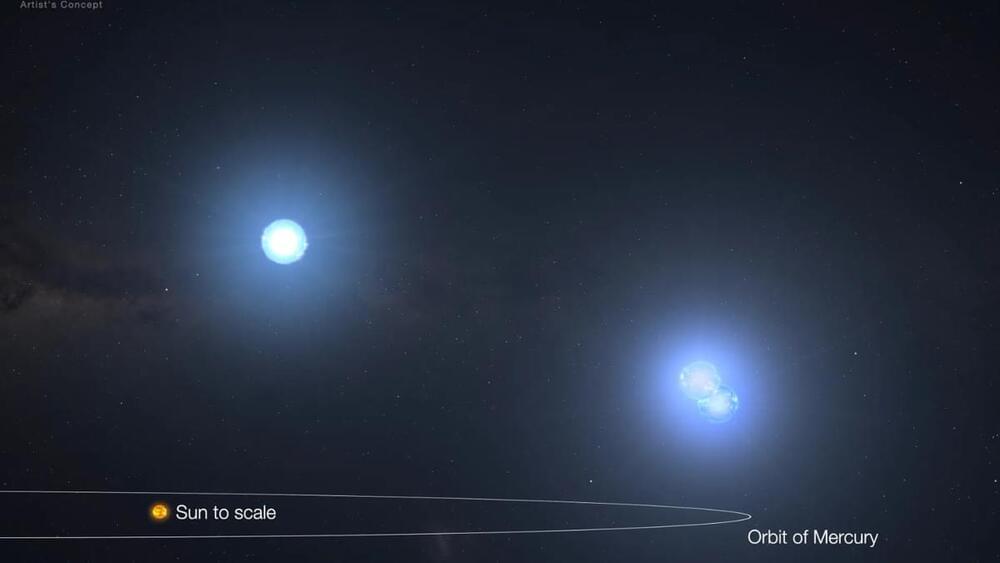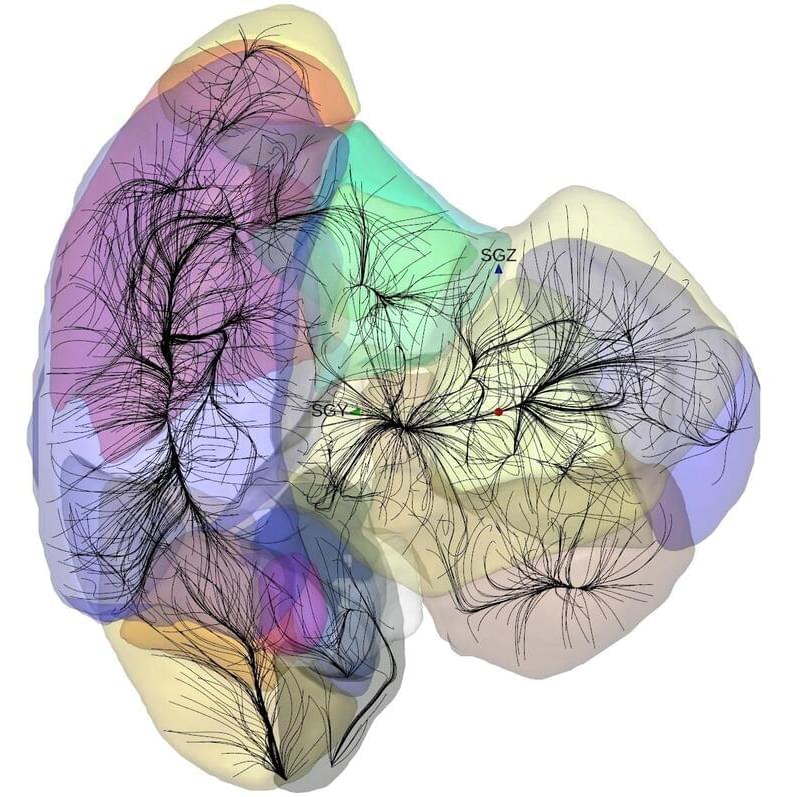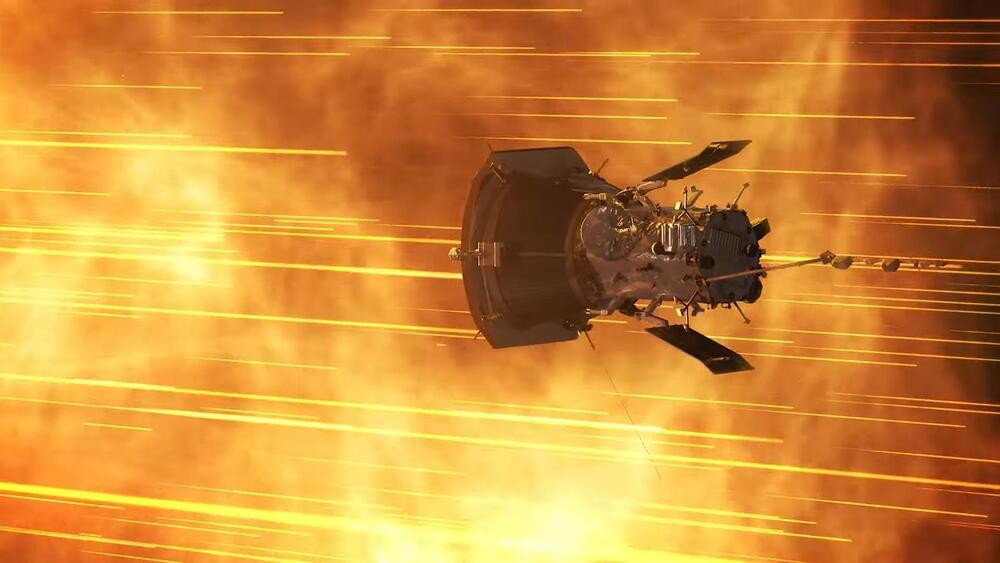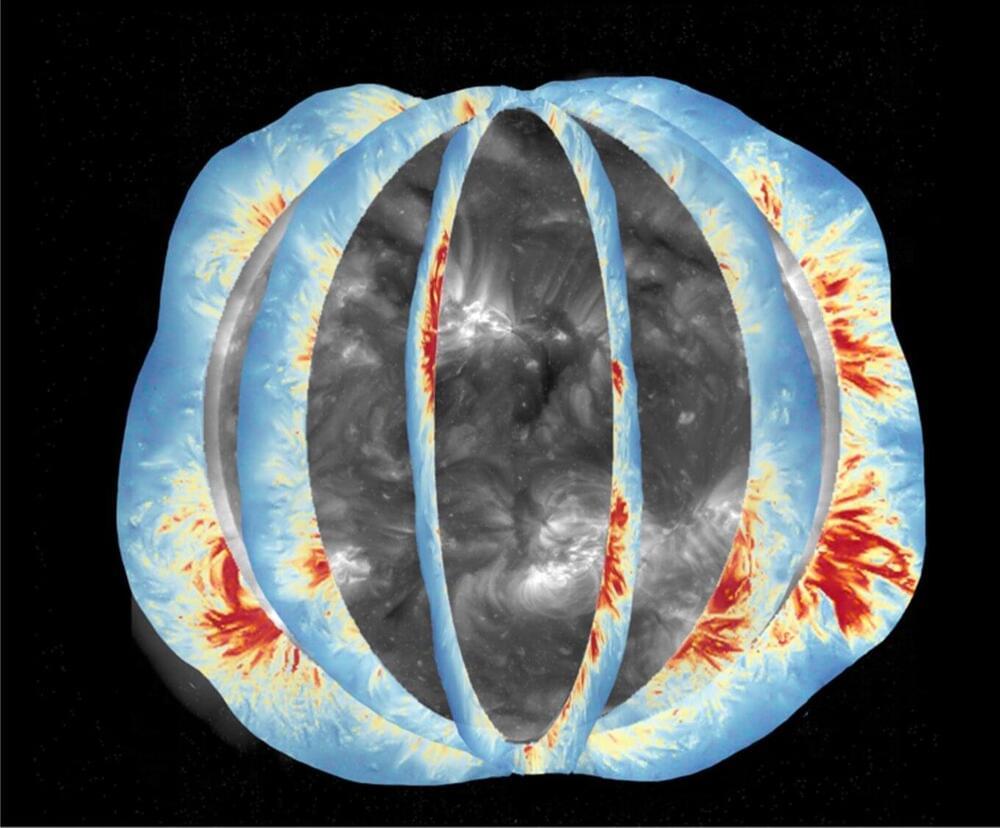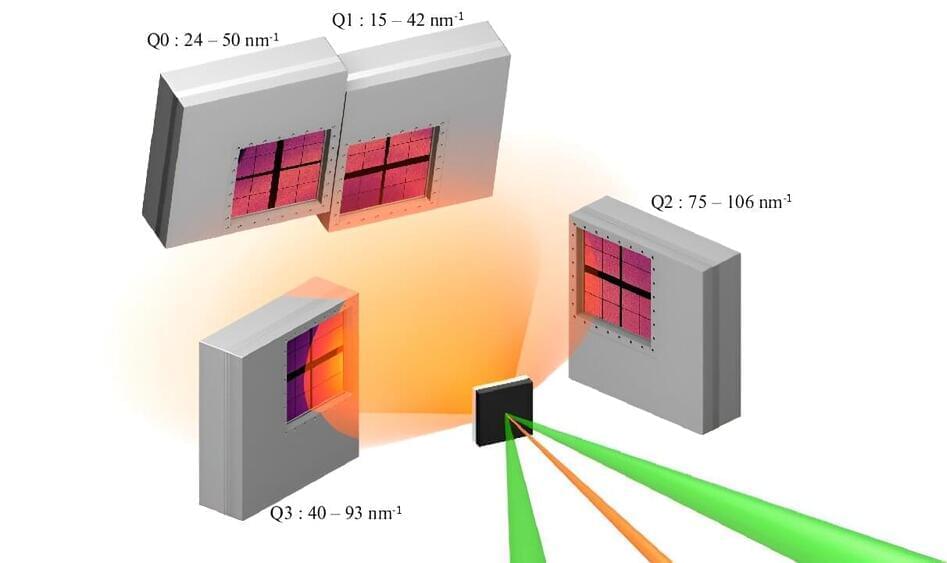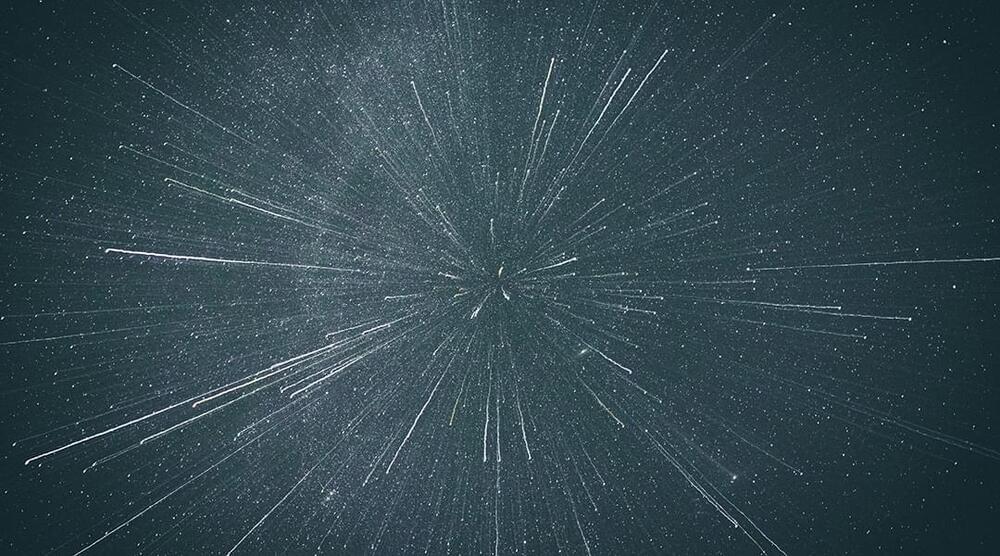The team spotted the record-breaking triple star system because of strobing starlight caused by the stars crossing in front of each other, as seen from our position on Earth.
The team turned to machine learning to analyze vast amounts of data from TESS to spot a pattern indicating these eclipses. They then called upon the aid of citizen scientists to further filter this data to spot interesting signals.
“We’re mainly looking for signatures of compact multi-star systems, unusual pulsating stars in binary systems, and weird objects,” Rappaport said. “It’s exciting to identify a system like this because they’re rarely found, but they may be more common than current tallies suggest.”
